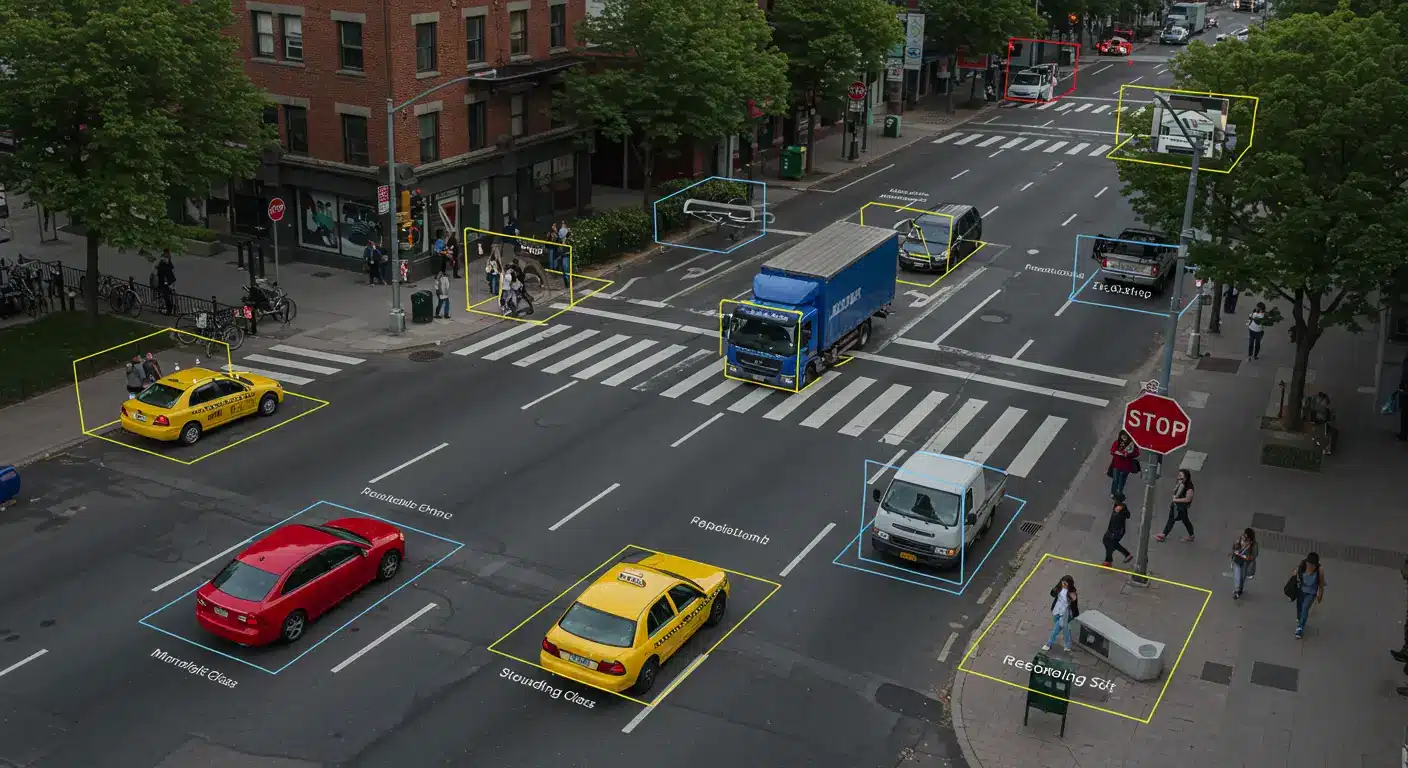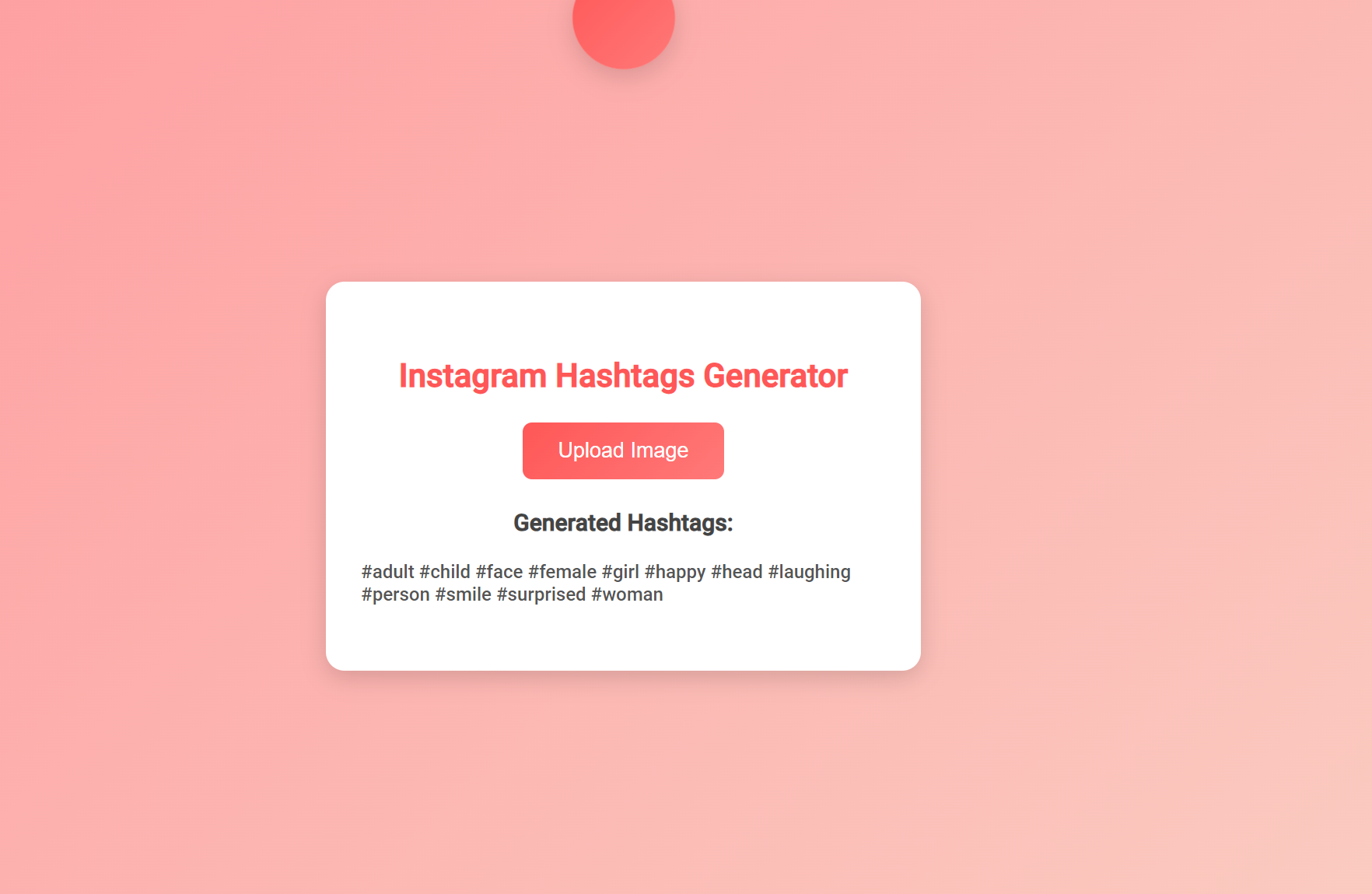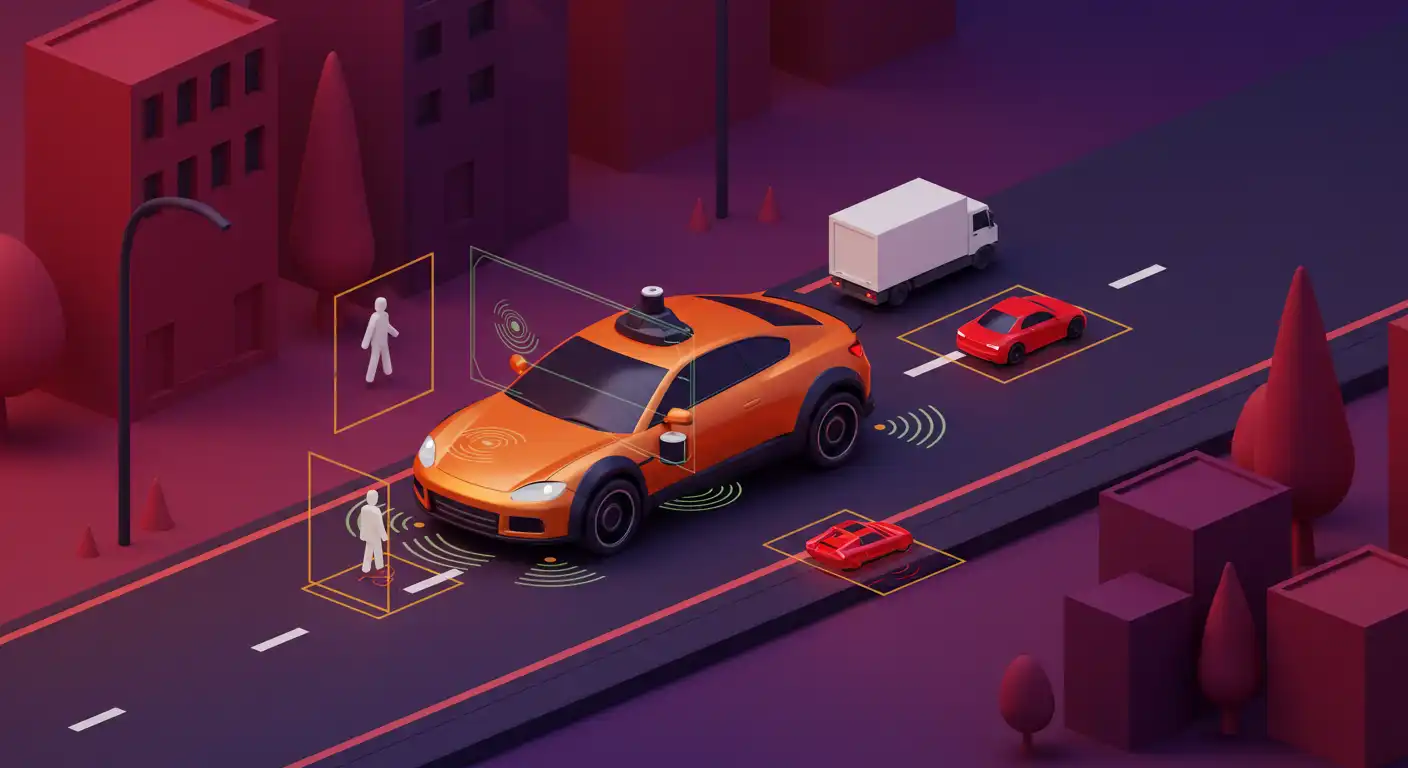Artificial Intelligence (AI) is transforming the way we utilize technology. Object detection APIs play a key role in this shift. The multi-object recognition API can detect multiple objects in a single image. This helps machines interpret visual information accurately.
Industries such as retail, healthcare, and transportation are utilizing these APIs. They enhance productivity and facilitate more accurate data interpretation.
Stay with us to explore their potential. Let’s begin.
Key takeaways
- A Multi-Object Recognition API detects and classifies multiple objects in a single image or video with bounding boxes.
- Real-time recognition enables faster decision-making in traffic management, surveillance, and retail.
- These APIs offer high accuracy, support various file formats, and can be customized for industry-specific use cases.
- They save time, cost, and resources compared to building custom recognition systems from scratch.
- Leading options include Filestack, Google Vision, AWS Rekognition, and Microsoft Azure, making integration seamless across projects.
What is a multi-object recognition API?
A multi-object recognition API is an AI tool that detects and classifies multiple objects in images or videos—even when they overlap or appear in different orientations. Objects can range from text and people to vehicles, animals, and everyday items.
These APIs simplify object recognition by providing ready-to-use solutions like Azure Cognitive Services or Filestack. Developers can integrate them without building complex deep learning models, saving time, resources, and costs.
The API not only identifies and categorizes objects but also returns details about their environment, often in JSON format. For example, it can track stock on retail shelves, detect vehicles in traffic, or locate surgical tools in healthcare images using custom models.
By making advanced recognition features easy to add with minimal setup, multi-object recognition APIs help businesses quickly enhance their applications and workflows.

Key features of the advanced multi-object recognition API
Multi-object recognition is essential for image or video analysis. It enhances technologies for various uses. Let’s explore the key features of the advanced multi-object recognition API:
Real-time detection and analysis
These APIs analyze data in real time. This is crucial for security, traffic control, and live streams. They capture photos or videos instantly. This leads to quick and lasting solutions.
High accuracy and scalability
Advanced APIs use AI and machine learning. This ensures high accuracy even in complex environments. They are flexible and work well for small or large tasks.
Compatibility with multiple data formats
These APIs support various formats like JPEG, PNG, and MP4. This allows integration across platforms. Developers don’t need to worry about format constraints.
Customizable models for specific use cases
Some APIs let you customize models. Retailers can train APIs to recognize their goods. These APIs are particularly useful in sectors such as healthcare, agriculture, and manufacturing.
These features make them essential for building advanced applications.
Advantages of using a multi-object recognition API
Let’s explore the benefits of multi-object recognition APIs with real-life examples:
Saves time and resources
Teaching a system to recognize objects is expensive. It needs big datasets and specialists. APIs like Filestack, Google Vision, or AWS Rekognition easily solve this problem. For example, in retail, these APIs check stock by recognizing out-of-stock products.
Easy integration
APIs can be deployed on current frameworks quickly. For example, a traffic management system can integrate an API. It identifies cars and people as they move.
Enhanced efficiency and accuracy
Pre-trained models boost efficiency. Warehouses use these APIs to manage packet movement. They do this without physical tagging.
Accelerates innovation
Business development involves creating new features. APIs reduce the need for recognition logic. For example, self-driving cars use APIs to recognize road signs and obstacles.
Object detection is faster with APIs in business. Costs are lower, and processes are more streamlined.
Industry standards and benchmarks for object recognition
When evaluating multi-object recognition APIs, it helps to compare them against industry standards and benchmarks that measure accuracy and efficiency:
- mAP (Mean Average Precision): Widely used in computer vision benchmarks, such as COCO (Common Objects in Context), mAP measures the accuracy with which an algorithm detects and classifies multiple objects in an image.
- COCO Dataset (Microsoft’s Common Objects in Context): The most popular dataset for testing object detection models, containing over 330,000 images and 1.5 million object instances across 80 categories.
- PASCAL VOC Challenge: An earlier but still relevant benchmark dataset that evaluates object classification and detection.
- Latency & Throughput Benchmarks: In real-world scenarios, APIs are also measured by response times and the number of images they can process per second — crucial for time-sensitive applications like traffic monitoring.
- Accuracy in Edge Cases: Benchmarks often evaluate performance in conditions such as low light, occlusion (where objects overlap), and background clutter.
Cloud APIs like Google Vision and AWS Rekognition frequently publish their benchmark results against COCO and similar datasets to demonstrate accuracy.
Filestack, on the other hand, takes a more integration-focused approach: instead of benchmarking raw model accuracy, it prioritizes workflow features such as file upload, processing, tagging, and delivery through its robust CDN.
This makes Filestack especially valuable for developers who need practical object recognition integrated into file handling pipelines, rather than managing models directly.
Challenges in multi-object recognition and how APIs address them
Multi-object recognition faces challenges. These include dataset size, accuracy, and new needs. APIs address these problems effectively.
Handling large datasets efficiently
Object recognition needs large datasets. Collecting, labeling, and processing this data is expensive.
For example, online shopping platforms must identify millions of products. APIs like Google Vision and AWS Rekognition handle such tasks. They process data quickly without requiring many resources.
Achieving high accuracy in complex environments
Systems often fail in difficult situations in terms of accuracy. Poor lighting, background noise, and hidden regions are common problems.
For example, security cameras may struggle in low light or crowded areas. Tailor-made solutions may not work.
APIs use powerful machine learning models trained on diverse data. This improves performance in challenging environments.
Adapting to evolving requirements and edge cases
Business goals change over time. New object classes or edge cases arise. For example, autonomous vehicles may encounter unfamiliar traffic signs.
Traditional systems need costly retraining. APIs like Microsoft Azure Computer Vision handle these changes efficiently. They adjust with ease and accuracy.
APIs make object recognition systems smarter and more cost-effective. They automate tasks and resolve complex issues in real-time.
Limitations of multi-object recognition APIs
While multi-object recognition APIs provide powerful capabilities, they are not without limitations. Understanding these constraints can help developers set realistic expectations and design better solutions.
1. Accuracy in complex environments
- APIs may struggle with poor lighting, motion blur, or low-resolution images.
- Overlapping objects, cluttered backgrounds, or unusual camera angles can reduce detection precision.
- Edge case: Identifying pedestrians at night in heavy rain is still a challenge even for advanced models.
2. Limited object classes
- Pre-trained APIs typically recognize only a fixed set of objects (e.g., vehicles, animals, furniture).
- Rare, abstract, or domain-specific items (e.g., medical implants or ancient artifacts) may not be recognized without custom training.
3. Performance and latency issues
- Real-time recognition in live video streams requires significant processing power.
- API requests can introduce latency if network speeds are poor, making them less suitable for ultra-low-latency scenarios like autonomous driving.
4. Data privacy and security concerns
- Sending sensitive images to third-party APIs may raise compliance issues (HIPAA, GDPR).
- Edge case: Using a cloud API for medical imaging may require extra encryption and secure workflows.
5. Cost and scalability constraints
- High-volume applications (e.g., analyzing millions of product images in e-commerce) can become costly.
- Scaling requires careful cost-performance balancing.
6. Adaptability to edge cases
- APIs may fail with uncommon scenarios such as occluded objects (half-visible items) or abstract patterns.
- Edge case: A partially hidden sign on a busy street may go undetected.
Choosing the right multi-object recognition API
Selecting the right API is crucial. Factors like scalability, cost, usability, and compatibility are key. Let’s explore these unique factors:
Factors to consider
Scalability
The API should handle future growth. For example, a retail app processing 1,000 images a day may scale to millions during sales. AWS Rekognition is a good option for this.
Ease of Use
APIs should integrate smoothly. Google Vision provides documentation and SDKs for easy integration.
Compatibility
The API should support the platform and language in use. Microsoft Azure Computer Vision works well with Windows and cross-platform apps.
Cost
Budget often matters. Startups may prefer Clarifai for its affordable pay-per-use pricing.
Comparison of popular APIs
Filestack
Filestack focuses on image processing and object recognition. It supports uploading, processing, and storage. Its AI image tagging is useful for media-rich apps. It suits photo-sharing websites, content management, and e-commerce.
Google Vision API
Google Vision is affordable and accurate. It detects text, objects, and landmarks in images. It is often used in e-commerce and travel.
AWS Rekognition
AWS Rekognition excels in facial recognition and scalability. It is popular in security and retail.
Microsoft Azure Computer Vision
This API is strong in OCR and object localization. It is ideal for enterprise projects.
Clarifai
Clarifai is cheap and flexible. It is commonly used by startups and small apps.
Carefully consider these options. This will help you choose the best API for your needs.
How to integrate a multi-object recognition API into a web application
This section demonstrates the integration of a multi-object recognition API into your web application using Filestack.
Integrating the Filestack multi-object recognition API
First, obtain an API key from Filestack.
Next, obtain the policy and signature to ensure the security of the Filestack API integration.
Then, you should create an index.html file inside Visual Studio Code and add the following code to it:
HTML
<!DOCTYPE html>
<html lang="en">
<head>
<meta charset="UTF-8">
<meta name="viewport" content="width=device-width, initial-scale=1.0">
<title>Instagram Hashtags Generator</title>
<script src="https://static.filestackapi.com/v3/filestack.js"></script>
<style>
/* CSS goes here */
</style>
</head>
<body>
<div class="container">
<h2>Instagram Hashtags Generator</h2>
<button id="uploadBtn">Upload Image</button>
<h3>Generated Hashtags:</h3>
<p id="hashtags"></p>
</div>
<script>
/* JavaScript goes here */
</script>
</body>
</html>
Explanation
- <!DOCTYPE html> specifies the document type as HTML5.
- <html lang=”en”> indicates the start of the HTML document and sets the language to English.
- <head>:
- <meta charset=”UTF-8″> sets the character encoding to UTF-8.
- <meta name=”viewport” content=”width=device-width, initial-scale=1.0″> ensures the page is responsive by setting the viewport width to the device’s width.
- <title> sets the title of the page to “Instagram Hashtags Generator.”
- <script> links the Filestack JavaScript library for file handling.
- <style> contains CSS for styling the page.
- <body>:
- <div class=”container”> wraps the content inside a styled box.
- <h2> displays the heading “Instagram Hashtags Generator.”
- <button> adds a button labeled “Upload Image.”
- <h3> displays a subheading “Generated Hashtags.”
- <p id=”hashtags”> is an empty paragraph to show the generated hashtags
CSS
The CSS styles the page with centered content, gradients, and subtle animations. Buttons include hover effects, and the layout is responsive for proper alignment. These design elements enhance user experience and interactivity.
You can get the existing CSS styles of this example from this GitHub repository. You can also customize the styles.
JavaScript
// Replace with your actual Filestack API key, policy, and signature
const apiKey = 'add-api-key-here';
const policy = 'add-policy-here';
const signature = 'add-signature-here';
// Initialize Filestack client with the provided API key
const client = filestack.init(apiKey);
// Add click event listener to the "Upload Image" button
document.getElementById('uploadBtn').addEventListener('click', function() {
// Open the Filestack picker for uploading an image
client.pick().then(function(result) {
// Get the unique file handle of the uploaded image
const handle = result.filesUploaded[0].handle;
// Construct the Filestack URL to fetch auto-generated tags for the image
const tagsUrl = `https://cdn.filestackcontent.com/${apiKey}/security=p:${policy},s:${signature}/tags/${handle}`;
// Fetch image tags from the Filestack tagging API
fetch(tagsUrl)
.then(response => response.json()) // Parse JSON response
.then(data => {
// Check if auto-tags are available in the response
if (data.tags && data.tags.auto) {
// Extract tag names and format them into hashtags
const tagNames = Object.keys(data.tags.auto);
const hashtags = tagNames.map(tag => `#${tag}`).join(' ');
// Display hashtags in the <p id="hashtags"> element
document.getElementById('hashtags').textContent = hashtags;
} else {
// If no tags are found, show a fallback message
document.getElementById('hashtags').textContent = 'No hashtags found for this image.';
}
})
.catch(error => {
// Handle API fetch errors gracefully
document.getElementById('hashtags').textContent = 'Error fetching hashtags.';
});
}).catch(function(error) {
// Handle any errors during file upload
console.error('File upload error:', error);
});
});
Explanation
The JavaScript section provides functionality:
- Filestack Initialization:
- const client = filestack.init(apiKey); initializes the Filestack client using the provided API key.
- Button Click Event:
- document.getElementById(‘uploadBtn’).addEventListener(‘click’, …) sets up an event listener for the “Upload Image” button.
- File Upload Process:
- client.pick() opens the Filestack file picker to upload an image.
- On successful upload, it retrieves the image’s handle for further processing.
- Hashtag Retrieval:
- Constructs a URL using Filestack’s API to fetch tags for the uploaded image.
- Uses fetch() to get tag data in JSON format.
- Displaying Hashtags:
- If tags are available, it formats them into hashtags and displays them in the <p> element.
- If no tags are found or an error occurs, it shows an appropriate message.
- Error Handling:
- Catches and logs any errors during the file upload or tag fetching process.
Get the complete code from our GitHub repository.
Explore more in the Filestack documentation.
Output
Here are the outputs of the above multi-object recognition application with a few sample images.




Conclusion
Artificial Intelligence (AI) is transforming industries. The multi-object recognition API plays a key role in this transformation by quickly and accurately identifying and analyzing multiple objects in a single image or video stream.
They save developers time and reduce costs. This allows businesses to focus on innovation. Industries such as retail, healthcare, and transportation utilize them widely.
APIs solve challenges like handling large datasets. They ensure accuracy in complex environments and under varying lighting conditions. By choosing the right API, businesses unlock AI’s potential. This drives innovation and improves workflows across various applications.
FAQs
Can multi-object recognition APIs differentiate between overlapping objects in an image?
Yes, they can identify and separate overlapping objects, like cars, in a crowded parking lot.
What industries are leveraging multi-object recognition APIs for their operations?
Retail, healthcare, security, and automotive industries use these APIs for tasks like inventory management and surveillance.
How do multi-object recognition APIs improve the accuracy of data analysis?
They analyze objects with high precision, enhancing data insights in sectors like e-commerce and healthcare.
Are there any limitations in the types of objects that can be recognized by these APIs?
Yes, they may struggle with recognizing highly abstract or uncommon objects, like rare artifacts.
What are some innovative use cases of multi-object recognition APIs in everyday applications?
They are used in self-driving cars to detect obstacles, road signs, and pedestrians.
Sign Up at Filestack today – Explore the versatile benefits of our multi-object recognition API.
Ayesha Zahra is a Geo Informatics Engineer with hands-on experience in web development (both frontend & backend). Also, she is a technical writer, a passionate programmer, and a video editor. She is always looking for opportunities to excel in her skills & build a strong career.
Read More →

